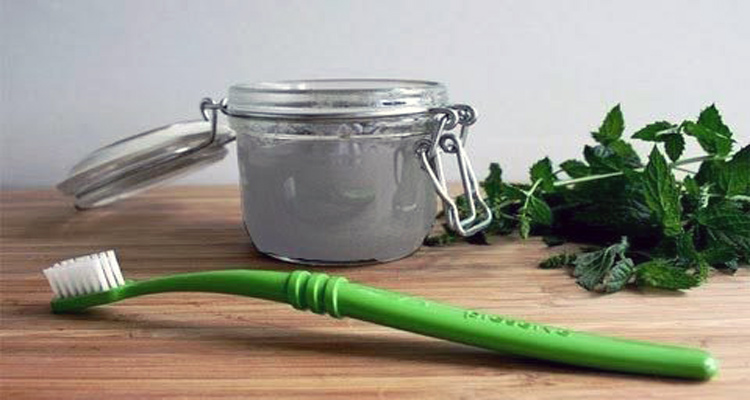Throughout human history, oral hygiene has played a crucial role in our overall health and well-being. The quest for clean teeth and fresh breath has led to the development of various oral care products, including toothpaste. While we often associate toothpaste with modern tubes and fluoride, the history of toothpaste is a fascinating journey that dates back thousands of years. In this article, we’ll explore the evolution of toothpaste from its humble origins to the natural toothpaste options we have today.
Ancient Beginnings: Tooth Powder and Chewing Sticks
The earliest evidence of oral hygiene practices can be traced back to ancient civilizations. Egyptians, for instance, used a mixture of crushed rock salt, mint, dried iris flowers, and pepper to create a rudimentary tooth powder around 5000 BC. Meanwhile, the Greeks and Romans favored toothpaste made from crushed bones and oyster shells mixed with powdered charcoal.
In Asia, particularly in India and China, people preferred chewing sticks made from twigs with natural cleansing properties like neem and Salvadora persica. These sticks, also known as “miswak” or “datun,” are still used in some regions today.
Medieval Tooth Powders and Renaissance Innovations
During the Middle Ages, oral hygiene practices evolved, and tooth powders became more common in Europe. These powders often contained abrasives like crushed shells, charcoal, and even ground-up animal bones.
The Renaissance period saw innovations in oral care, with the advent of more refined toothpaste recipes. Ingredients like burnt bread, powdered herbs, and honey were mixed to create more palatable toothpaste options.
19th Century: The Birth of Modern Toothpaste
The 19th century marked a significant turning point in the history of toothpaste. In 1824, a dentist named Peabody introduced the first modern toothpaste in a jar. However, it wasn’t until the 1850s that toothpaste began to resemble the product we use today. Dr. Washington Sheffield introduced toothpaste in collapsible tubes, a design inspired by artists’ oil paint tubes.
These early toothpaste formulations often contained soap, chalk, and baking soda, which helped remove stains and clean teeth. Still, they lacked the fluoride that is now commonly found in toothpaste to strengthen tooth enamel and prevent cavities.
20th Century: The Rise of Fluoride
The 20th century saw the incorporation of fluoride into natural toothpaste, a breakthrough that revolutionized oral care. Dr. Frederick McKay’s research into regions with naturally occurring fluoride in water led to the discovery that fluoride could prevent tooth decay. In 1914, the first fluoride toothpaste, known as “Crest,” was introduced.
The inclusion of fluoride in toothpaste significantly improved its ability to protect teeth from cavities, making it a staple in oral care products worldwide.
Natural Toothpaste: A Return to Basics
While mainstream toothpaste brands have become more effective at promoting oral health, concerns about the ingredients in some commercial products have driven a resurgence in natural toothpaste options. Many people are opting for natural toothpaste for a variety of reasons, including allergies, sensitivities, and environmental concerns.
Natural toothpaste formulations typically exclude artificial flavors, colors, and preservatives. Instead, they rely on natural ingredients like baking soda, activated charcoal, essential oils, and herbs with known antibacterial properties.
Additionally, natural toothpaste is often packaged in eco-friendly containers, aligning with the growing awareness of sustainability and reducing plastic waste.
Conclusion: A Heritage of Oral Care
The history of toothpaste is a testament to human ingenuity and our commitment to oral hygiene. From ancient tooth powders to the modern toothpaste we use today, oral care has come a long way. While natural toothpaste may harken back to simpler times, its resurgence in popularity speaks to our ongoing desire for healthy smiles and a more sustainable future. As science continues to advance, the evolution of toothpaste is far from over, promising even better oral health for generations to come.

